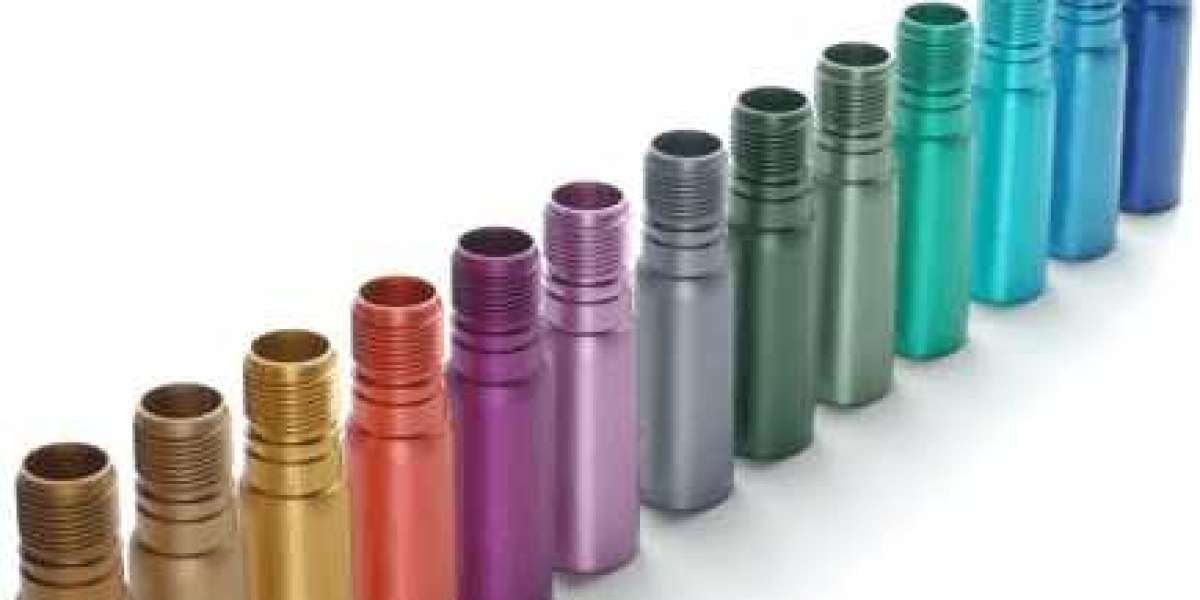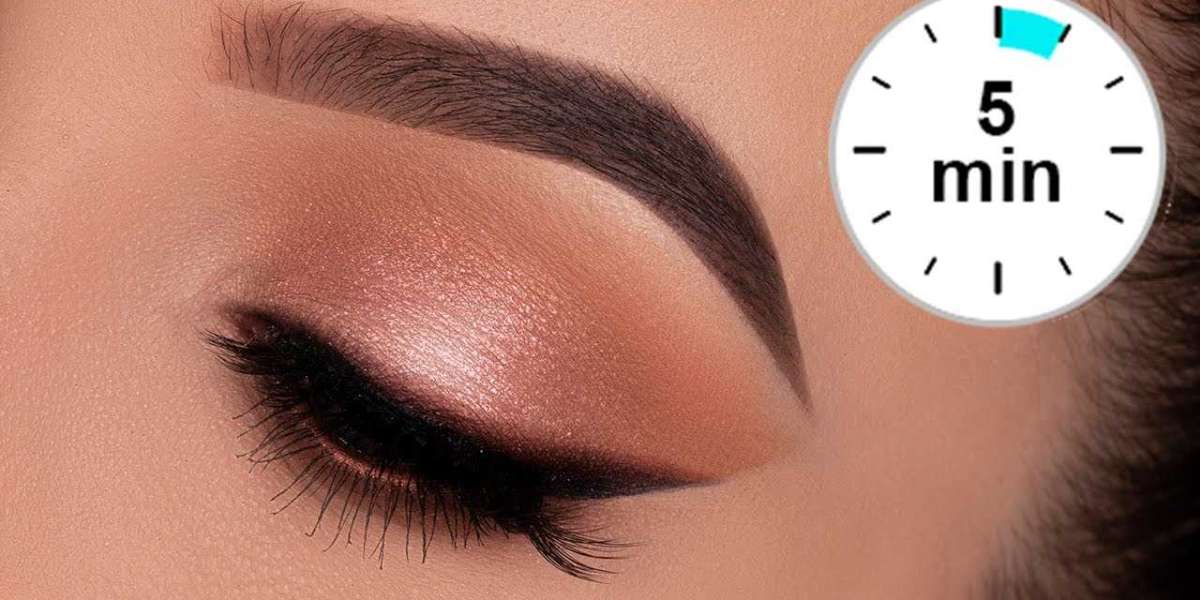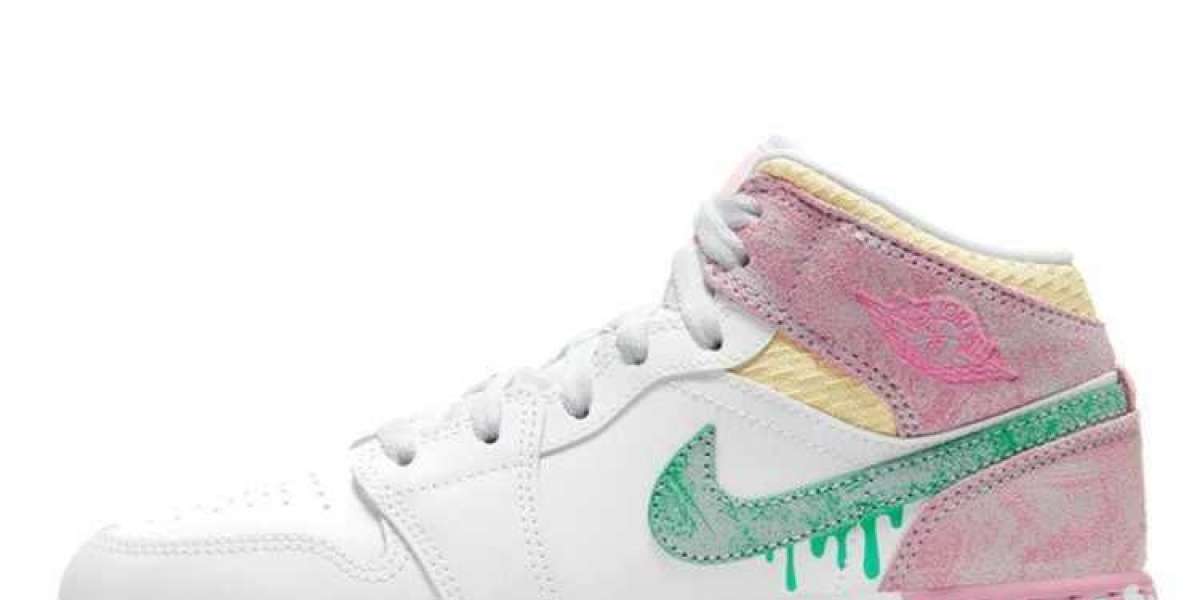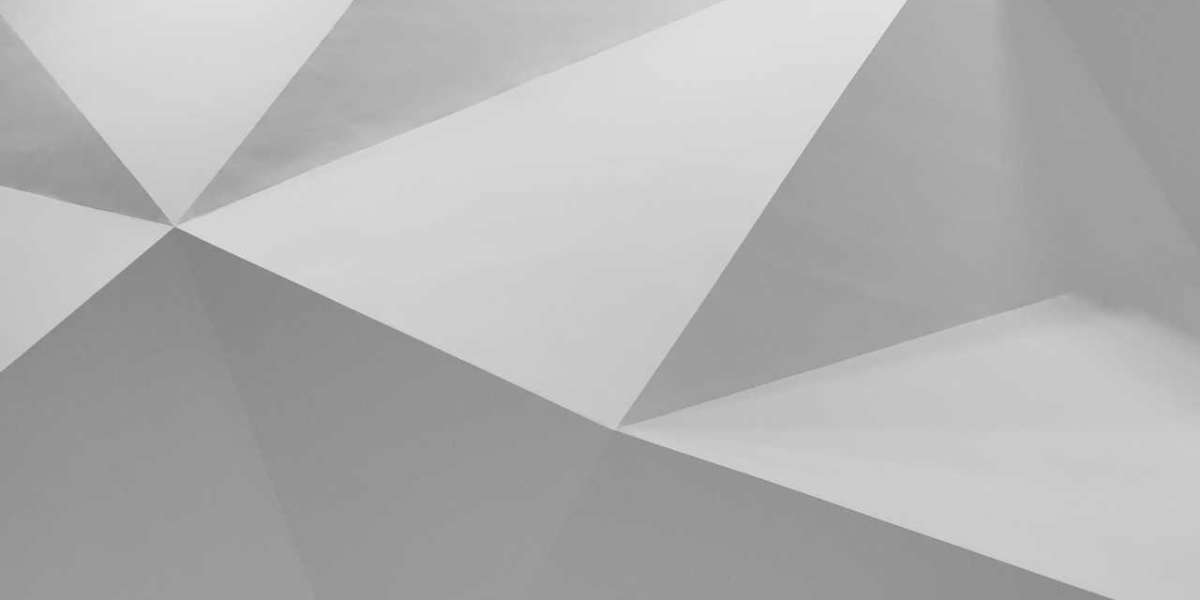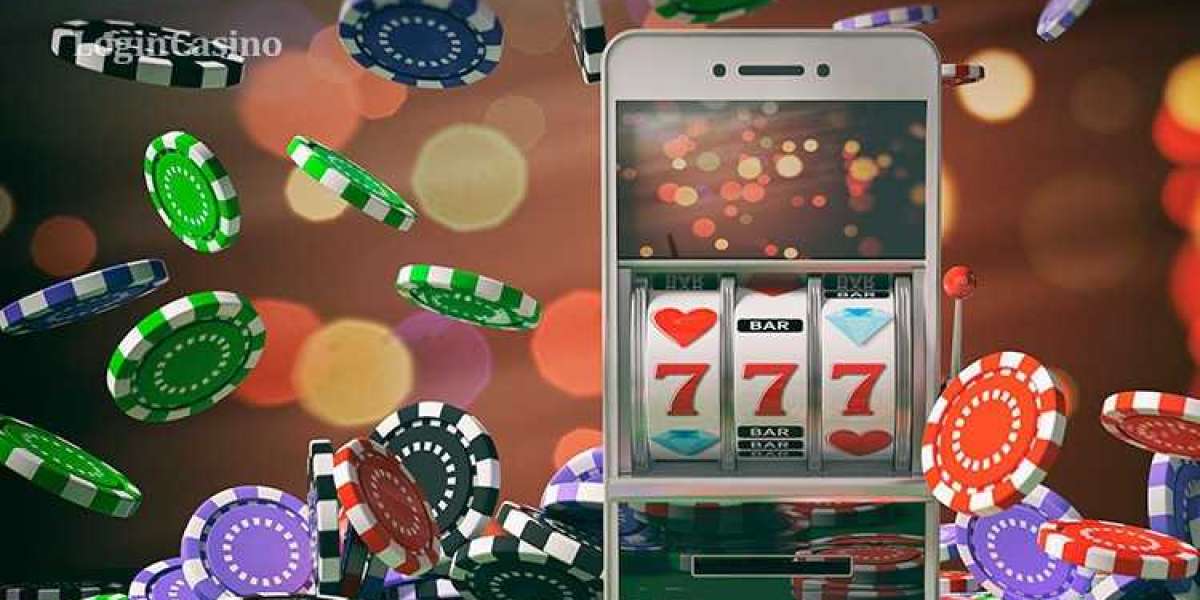I am interested in learning if it is possible to print a prototype using 3D printing that is transparent. As a matter of fact, you are able to print it. Right now, focus all of your attention on something specific. If you want to create a model that is completely see-through, you will first need to use 3D printing to create a version of the model that is translucent.
When printing transparent prototypes, it is important to take the following precautions: try to avoid the use of support materials in the online cnc machining service design; become familiar with the limitations of your own printing equipment; and select appropriate tolerances for the parts that need to be connected. In order to print transparent prototypes, it is important to avoid the use of support materials in the design. If you want to make some models that can be bent or have a thinner thickness, design your model thickness as a line width. This will allow you to achieve either of those goals. You will be able to accomplish one of those objectives by doing this. In point of fact, the incorporation of 3D into architectural models of the modern era also confers a great deal of value.
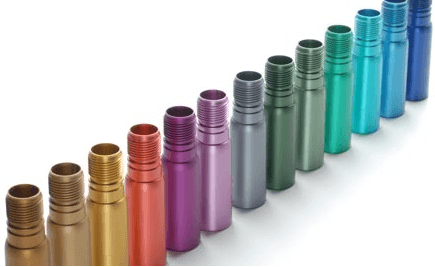
Models that have been printed using 3D printing come out with a high level of surface quality. The rough pixelation of years gone by has been replaced by the ability of modern industrial-grade 3D printers to print architectural models with high precision and a good quality surface. The majority of architectural models are constructed out of nylon plastic, and the majority of the time, the color of the model is gray. 3D printers support multi-color printing. It is even possible to print models made of different materials, such as transparent or metal, without having to color them at a later stage in the process. This saves cnc machining service time and effort. Traditional production methods are typically used to create a realistic and detailed architectural sand table model. This process can take several weeks or even months, depending on the intricacy of your design. The use of a 3D printer makes it easy to create intricate shapes, which can significantly reduce the amount of time needed to make a scale model. This can be a significant advantage in a number of contexts. To begin printing the model, all you need to do is import the model's data into the printer. After that, you are free to concentrate on other things as you see fit.
It is absolutely necessary to improve the CNC Turning Services way architectural models are displayed to customers. The ability of 3D printing to make design concepts and sketches truly three-dimensional can make it possible to intuitively and conveniently express to customers the designer's one-of-a-kind design ideas through the use of a fine scale model. This can be made possible thanks to the fact that a fine scale model can be made possible. If the client is unhappy with the design concept that you proposed and wants something different, you are able to make modifications to the model while it is being modeled and then reprint the design. This is an option for you in the event that the client makes such a request. The time it takes to make plates by hand is both increasing in speed and decreasing in cost, and the latter trend is also continuing.
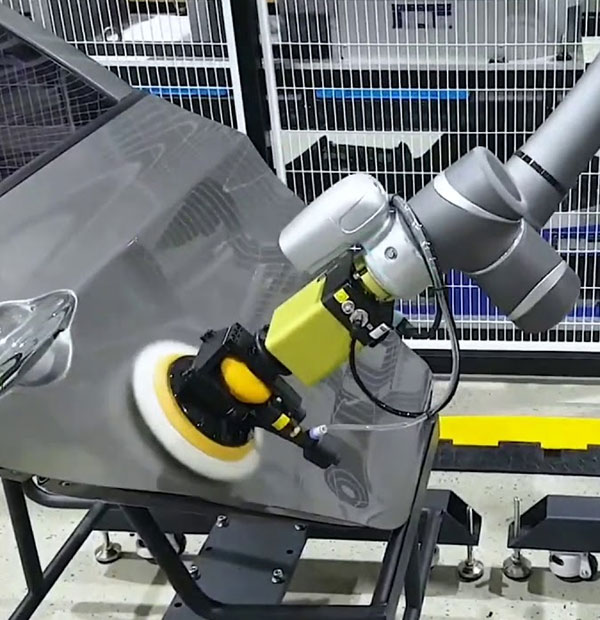
The utilization of 3D printing makes it feasible to integrate components without the necessity of assembly in the traditional sense. Conventional methods of mass production rely heavily on assembly lines as the central organizing principle. When a product has a greater number of components, the process of putting it together will take longer and cost more money than when it had fewer components. 3D printers can produce a door along with its supporting hinges at the same time by utilizing layered manufacturing. This eliminates the need for the door to be assembled after it has been printed. Traditional manufacturing methods and craftsmen create products with restricted contour options, despite the fact that the design space is limitless. For example, conventional wooden lathes can only produce spherical items, rolling mills can only process components that have been assembled using milling cutters, and pattern-making machines can only produce three-dimensional forms that have been molded. All of these limitations are inherent to the nature of the machines themselves.
It does not take up any room at all and is very simple to relocate. The printing equipment will be able to move around freely once the bugs in the 3D printer have been worked out, and the printer will be able to produce objects that are larger than itself once these bugs have been worked out. The amount of waste that is produced by 3D printers is noticeably lower when compared to that which is produced by more traditional methods of producing metal. The fact that the factory workshop discards ninety percent of the metal raw materials brings the overall amount of waste produced by 3D printing metal to a significantly lower level. It is possible that as printing materials continue to advance, net shape manufacturing will become an approach to processing that is friendlier to the environment. This prediction is based on the assumption that printing materials will continue to advance at a steady rate.
